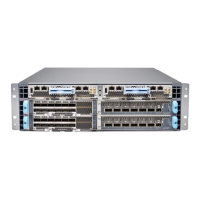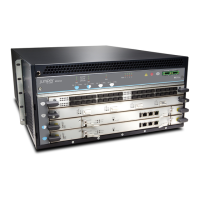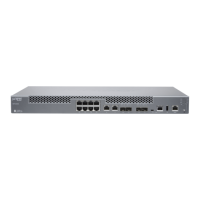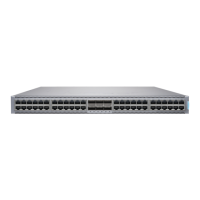MX10004 Transceiver and Cable Specicaons
SUMMARY
Your transceiver and network cable plan for the
MX10004 router must take into consideraon the
ber-opc cables you can use, including connector
details and pinouts. For opmal router funcon, your
site must meet cable power requirements and
migate cable signal loss, aenuaon, and
dispersion.
IN THIS SECTION
MX10004 Opcal Transceiver and Cable
Support | 95
MX10004 Cable Specicaons for Console
and Management Connecons | 96
MX10004 Fiber-Opc Cable Signal Loss,
Aenuaon, and Dispersion | 97
Calculate the Fiber-Opc Cable Power
Budget for an MX10004 Router | 98
Calculate the Fiber-Opc Cable Power Margin
for an MX10004 Router | 99
To ensure success, review ber-opc cable characteriscs. Plan the power budget and power margin for
ber-opc cables connected to your device by using the informaon in the following topics.
MX10004 Opcal Transceiver and Cable Support
You can nd informaon about the pluggable transceivers supported on your Juniper Networks device
by using the Hardware Compability Tool. In addion to transceiver and connector type, compability
tool documents the opcal and cable characteriscs—where applicable—for each transceiver. The
Hardware Compability Tool enables you to search by product, displaying all the transceivers supported
on that device (or category) by interface speed or type. The list of supported transceivers for the
MX10004 is located at Hardware Compability Tool.
CAUTION: The Juniper Networks Technical Assistance Center (JTAC) provides
complete support for Juniper-supplied opcal modules and cables. However, JTAC does
not provide support for third-party opcal modules and cables that are not qualied or
supplied by Juniper Networks. If you face a problem running a Juniper device that uses
third-party opcal modules or cables, JTAC may help you diagnose host-related issues if
the observed issue is not, in the opinion of JTAC, related to the use of the third-party
opcal modules or cables. Your JTAC engineer will likely request that you check the
95

